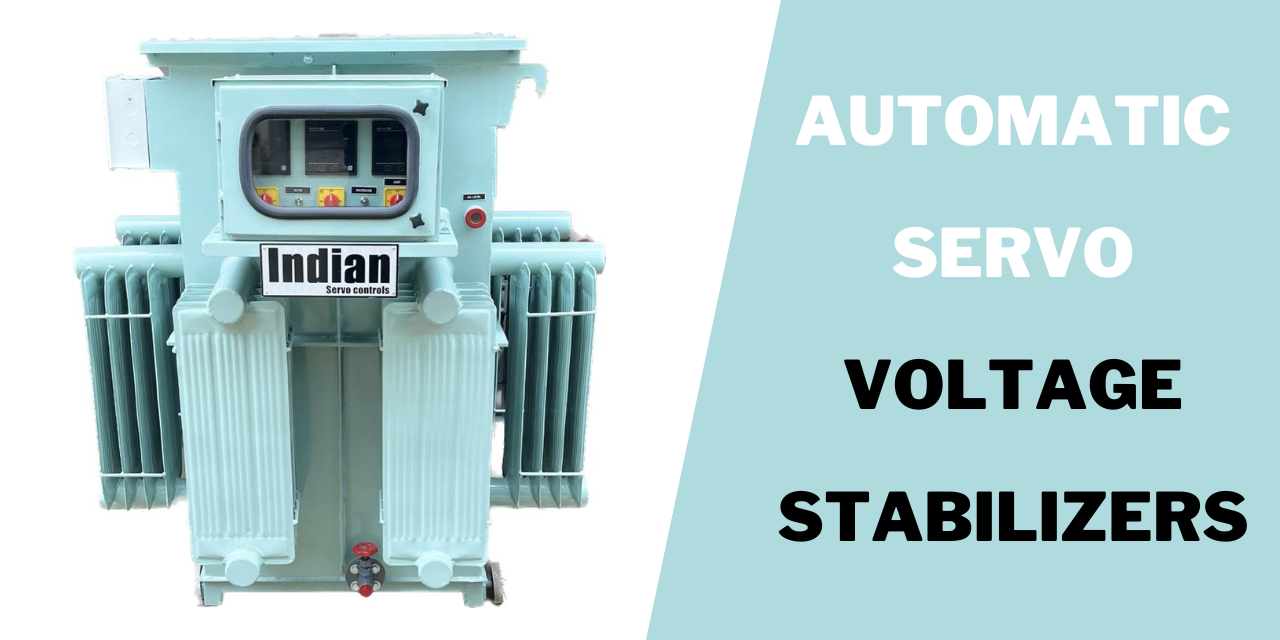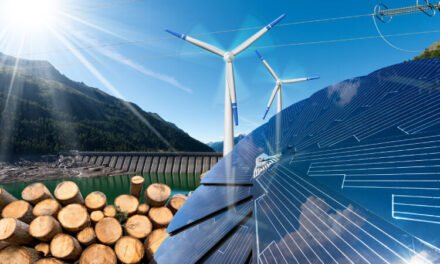Future trends in voltage stabilizer technology are evolving to address the growing demands for energy efficiency, smart technologies, and increased reliability in industrial, commercial, and residential applications. Here are some key trends shaping the future of voltage stabilizers:
1. Integration with Smart Grid and IoT
- Smart Stabilizers: Voltage stabilizers are increasingly being integrated with smart grid systems and the Internet of Things (IoT). This integration allows for real-time monitoring and control via mobile apps or central control systems. It enables automated adjustment of voltage levels based on demand and environmental factors, improving efficiency and reducing energy wastage.
- Remote Diagnostics and Control: IoT-enabled stabilizers can send alerts for maintenance needs, abnormal voltage levels, or fault conditions, allowing for quicker intervention and less downtime.
2. Energy Efficiency and Eco-Friendly Designs
- Low Energy Consumption: With the growing emphasis on sustainability, voltage stabilizers are being designed to operate with low standby power consumption, improving overall energy efficiency.
- Eco-Friendly Materials: Future stabilizers will likely use environmentally friendly components, such as non-toxic materials for insulation and casing. There is also a push for designs that minimize the carbon footprint in manufacturing and disposal.
3. Digital and Advanced Control Technologies
- Microprocessor-Based Control: The shift towards digital voltage regulation is accelerating. Microprocessor-controlled stabilizers are becoming more prevalent, offering precise and adaptable voltage regulation that is easier to manage and customize for various applications.
- Digital Displays and User Interfaces: More stabilizers will incorporate digital readouts and user-friendly interfaces that provide detailed insights into the system’s health, voltage levels, and performance metrics.
4. Compact and Lightweight Designs
- As demand for space-saving and portable devices increases, voltage stabilizers are becoming more compact and lighter. These designs make stabilizers more suitable for environments with limited space or for applications where ease of transport is required.
- New technologies such as solid-state circuits are enabling more efficient, smaller designs without sacrificing performance.
5. Hybrid and Multi-Function Systems
- Hybrid Voltage Stabilizers: There is a trend towards creating hybrid systems that combine the functions of voltage regulation, surge protection, and uninterruptible power supply (UPS) in one unit. These hybrid devices help reduce the need for multiple pieces of equipment and enhance system reliability.
- Multi-Function Stabilizers: Some stabilizers now incorporate multiple voltage outputs to support different appliances and industries that require various voltage levels, making them versatile and ideal for complex environments.
6. Improved Surge Protection
- Enhanced Surge Protection: With the increasing frequency of power surges due to natural events (e.g., lightning) and power grid instabilities, future voltage stabilizers will have more advanced surge protection systems to safeguard sensitive equipment.
- Adaptive Surge Control: Some stabilizers are being designed with adaptive surge control that adjusts surge protection in response to specific threats, such as lightning strikes or electrical grid anomalies.
7. Higher Load Capacity and Industrial Use
- Industrial-Grade Stabilizers: Voltage stabilizers for heavy industries, manufacturing units, and large facilities are evolving to handle higher loads and extreme operating conditions. These stabilizers will be designed with advanced cooling systems, higher power ratings, and better durability to ensure stable voltage in challenging environments.
- Modular Designs: For large-scale applications, modular voltage stabilizers that can be scaled up or down depending on power needs are becoming more common. This flexibility allows industries to adapt their voltage stabilization system to fluctuating load demands.
8. Integration with Renewable Energy Systems
- As renewable energy sources such as solar and wind power become more widely adopted, voltage stabilizers are being developed to integrate seamlessly with these systems. These stabilizers help maintain consistent voltage output in environments where energy generation is variable, such as solar panels that produce fluctuating power based on sunlight availability.
- Energy Storage Integration: Voltage stabilizers that work alongside energy storage systems (batteries) are becoming more prevalent. This helps ensure a stable power supply from renewable sources while protecting sensitive equipment from voltage irregularities.
9. AI and Predictive Maintenance
- Artificial Intelligence (AI) is being incorporated into voltage stabilizer systems to monitor and predict potential failures before they occur. By analyzing historical data, AI algorithms can forecast when maintenance or adjustments will be needed, allowing for predictive maintenance and reducing downtime.
- Self-Adjusting Voltage Regulation: AI-powered systems will continuously analyze input voltage fluctuations and automatically adjust the output without manual intervention, providing a more autonomous and efficient regulation process.
10. Higher Voltage Range
- Voltage stabilizers are expanding their range to handle higher input voltage ranges, ensuring they can protect devices from both high-voltage surges and low-voltage dips. This trend is particularly important in areas with unstable power grids.
11. Integration with Energy Management Systems (EMS)
- Voltage stabilizers are increasingly being integrated with energy management systems to help industrial and commercial users optimize energy consumption, reduce costs, and improve the reliability of the entire electrical system.
- These systems will be capable of analyzing power quality data, detecting power-related anomalies, and offering solutions for voltage optimization.
Conclusion:
Future voltage stabilizers will become more smart, efficient, and integrated with modern technologies such as IoT, AI, and renewable energy systems. As industries and residential consumers demand more energy-efficient, reliable, and compact solutions, voltage stabilizers will continue to evolve to meet these needs, ensuring the safe and consistent operation of electronic and electrical equipment.
Hashtags
#FutureOfVoltageStabilizers #SmartVoltageStabilizers #AdvancedVoltageRegulation #InnovativePowerStabilization #NextGenVoltageStabilizers #VoltageStabilizerTechInnovation #FuturePowerSolutions #IntegrationWithSmartSystems #SmartHomeVoltageStabilizers #IoTVoltageStabilizers #ConnectedVoltageRegulators #SmartSurgeProtection #AutomationInVoltageStabilizers #SmartPowerManagement #IntelligentPowerStabilizers #EnergyEfficientVoltageStabilizers #EcoFriendlyPowerSolutions #GreenVoltageRegulation #LowEnergyVoltageStabilizers #SustainablePowerStabilization #EnergySavingVoltageControl #CompactVoltageStabilizers #LightweightPowerRegulators #PortableVoltageStabilizers #SpaceSavingVoltageRegulation #MiniaturizedVoltageStabilizers #SurgeProtectionAdvances














